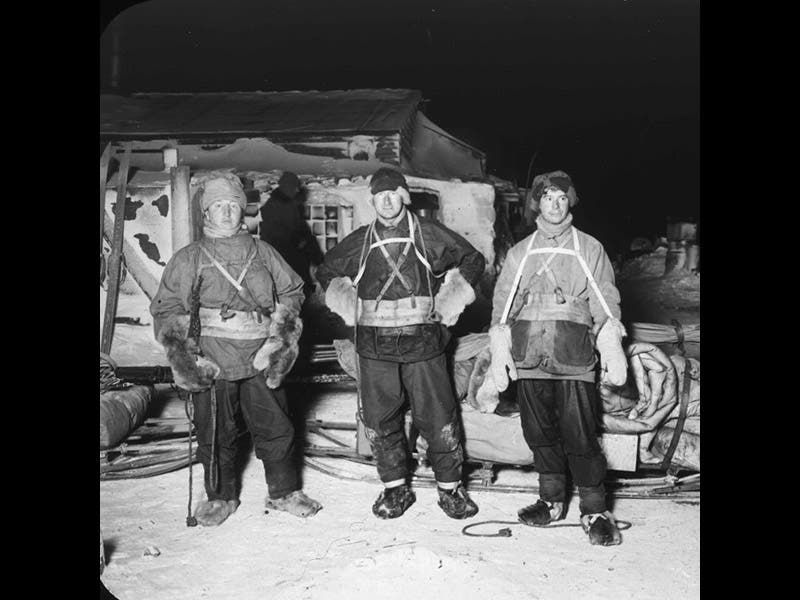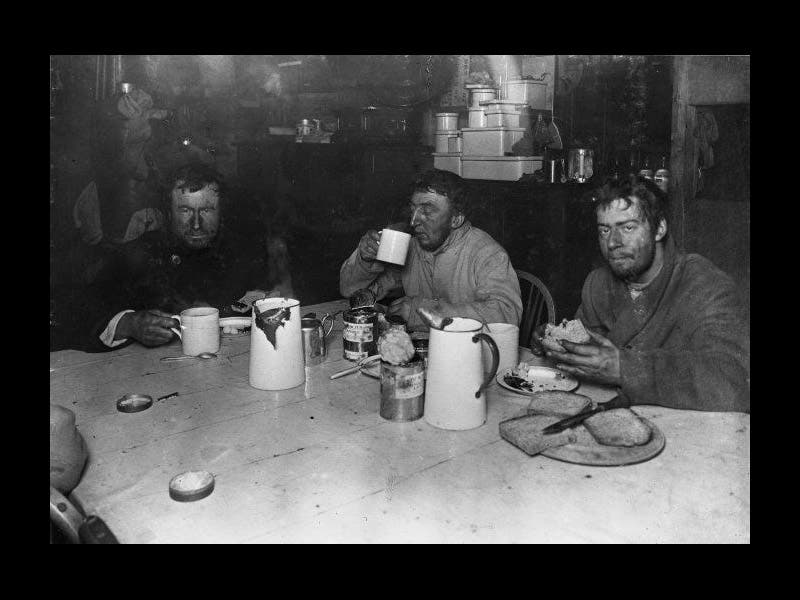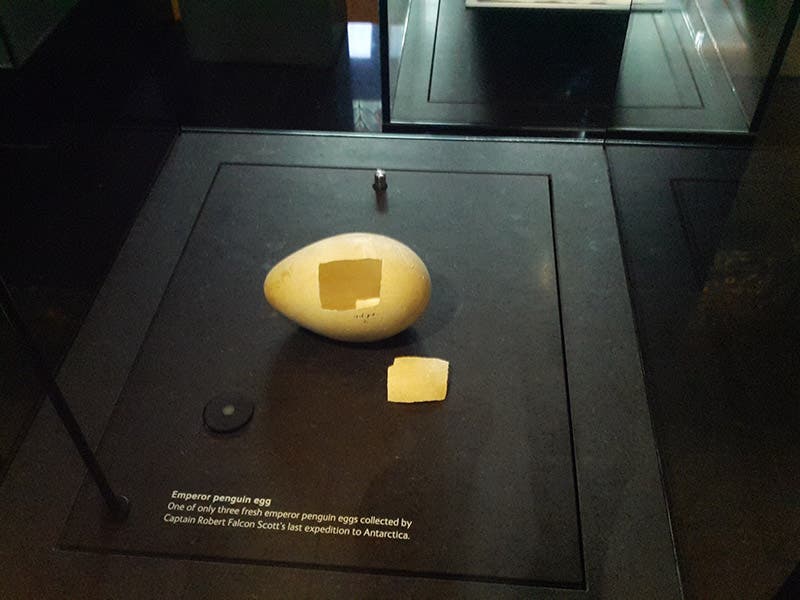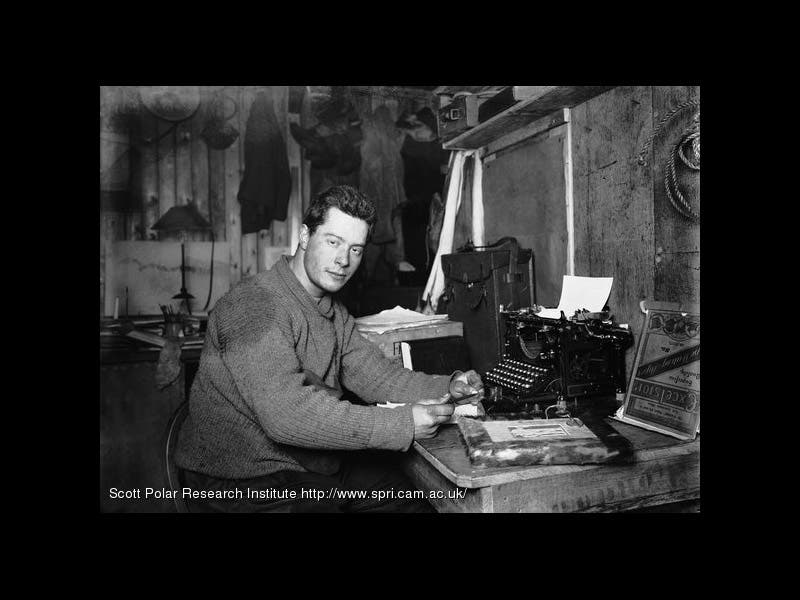Scientist of the Day - Apsley Cherry-Garrard





Apsley Cherry-Garrard, an English polar explorer, was born Jan. 2, 1886. Cherry-Garrard, schooled in Latin and Greek and with no cold-weather experience, was the last man chosen by Robert Scott for his Terra Nova expedition of 1910-13, in his attempt to reach the South Pole. But Cherry-Garrard was not one of the 4 team members selected by Scott to accompany him to the Pole, and therefore he was not one of the five who froze to death on the Antarctic ice on the way back from 90° south in March of 1912. Cherry-Garrard is instead remembered for his participation in, and account of, a preliminary expedition, undertaken while they were in Winter Quarters in June of 1911, waiting for the southern winter to pass and allow their assault on the South Pole.
It was his good friend, Edward Adrian Wilson, expedition zoologist (and the man most responsible for Cherry-Garrard's successful petition to join Terra Nova), who got the bright idea: why don't we slip over to Cape Crozier, on the eastern tip of Ross Island, where the Emperors penguins breed, and collect a few fertile eggs, so that we can study the embryological development of this most mysterious of all the penguins? Amazingly, he convinced Cherry-Garrard and a third crew member, Birdie Bowers, to come along. The rookery was only 70 miles away, but they had to sledge through 24-hour total darkness, with temperatures below -70 F, and howling winds to boot. Their tent was stripped away by a gale (found fortunately a few days later) and they all nearly froze to death. It took them 5 weeks to make the 140-mile round trip. Cherry-Garrard later wrote a book about the Scott expedition, and he titled it, after his sobriquet for Wilson's penguin expedition, The Worst Journey in the World (1922). It is one of the classic accounts of the Heroic Age of Antarctic Exploration, because Cherry-Garrard, unlike most explorers, knew how to write. The only copy we have in the Library is a facsimile, and I can understand why we never bought the original--it doesn't sound much like science--but since the whole purpose of the Winter Journey, as it was called, was ornithological, perhaps we should move it within our acquisition boundaries.
There are many good photographs of Cherry-Garrard and the Winter Journey crew, since one of the Terra Nova team, Herbert Ponting, was an excellent expeditionary photographer. We see above a photo of the Winter Journey threesome just before they left for Cape Crozier (first image; Cherry-Garrard is at the right). In the second image, they are warming up, just after their return on Aug. 1 (Cherry-Garrard again is at the right). They brought back with them all of 3 Emperor eggs, which Ponting photographed the first chance he got (third image). The eggs still survive, in the Natural History Museum in London; we see one of them above (fourth image). They did not shed much like on penguin embryology, probably because they froze solid on the way back.
This final image shows Cherry-Garrard at his typewriter in Winter Quarters, writing up the camp newspaper, South Polar Times, which he edited, and which Wilson, a gifted artist, illustrated. Cherry-Garrard suffered from severe myopia, and like many people with vision problems, he never wore glasses when being photographed. The photo of the editor-at-work was taken just four weeks after the Winter Journey. Fifteen months year later, a search party would confirm that Cherry-Garrard’s two companions on that Journey had both perished, along with Scott, on the return from the Pole. Cherry-Garrard never recovered from the loss of Scott and his friends, and he suffered from severe depression for the rest of his life. He wrote his book as a way of dealing with his depression, and it worked, for a while, but he lived for 35 years after it was published, and they were difficult times. Fortunately, The Worst Journey in the World is anything but depressing; many consider it the finest true-adventure story ever put on paper, and we prefer to remember him through his book, rather than through his sorrows.
Dr. William B. Ashworth, Jr., Consultant for the History of Science, Linda Hall Library and Associate Professor, Department of History, University of Missouri-Kansas City. Comments or corrections are welcome; please direct to ashworthw@umkc.edu.






